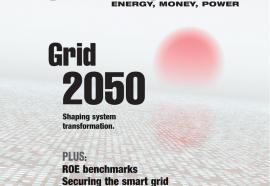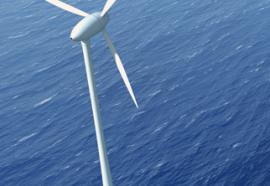Energy Efficiency: 15 percent by 2020?
Submitted by meacott on Wed, 2011-09-28 18:03Efficiency pessimists contend that energy efficiency (inclusive of demand response) is unlikely to make much of a dent on energy consumption and peak demand in the year 2020 since all the low-hanging fruit has been harvested. Ergo, the solution to meeting the nation’s future energy needs in a carbon-constrained future is to build more power plants (preferably those that don’t burn coal), transmission lines and distribution systems.








